April 4, 2024
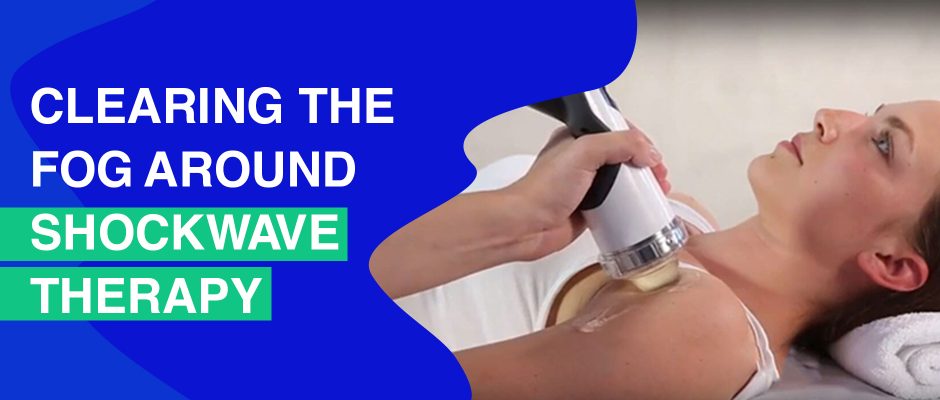
The human body comes fully equipped with its own mechanisms for regenerating cells and repairing damaged tissue, but sometimes innate healing factors fall short of fully repairing injured tissues. Regenerative medicine seeks to tap into the body’s healing mechanisms and enhance their performance by stimulating biochemical reactions that accelerate cellular neogenesis.
There are multiple modalities of regenerative medicine:
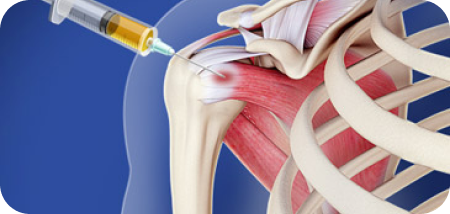
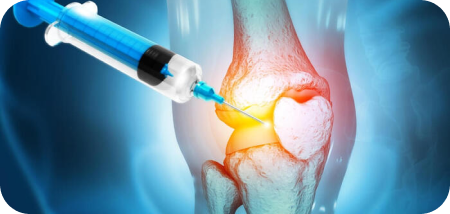
When it comes to regenerative technologies, shockwave therapy has become the gold standard for regenerative medicine. In addition to tissue regeneration, ESWT is used to treat coronary disease, and is often used intraoperatively during open heart surgery. Shockwave therapy has been successfully used to treat muscle spasticity in cerebral palsy and stroke victims. Its potential for treating neurodegenerative disorders like Parkinson’s disease is currently being explored and shows great promise.
There are many grades and types of shockwave devices marketed to clinicians who treat musculoskeletal disorders, but only the most advanced and highest grade shockwave apparatus provides multiple options for different types of tissues and categories of shockwaves.
Most injuries involve more than one tissue type, and different tissues respond to different types of shockwaves. In addition, some tendon pathologies have multiple components that require a combination of energy waves. For example, the Achilles tendon is an aggregate of tissues that can be injured in different ways. Achilles tendinopathy may require focused waves mid-body, defocused waves at the peritenon, and radial waves at the myotendinous junction.
For optimal results, a combination of shockwave types will yield superior results versus a one-size-fits-all approach. To achieve the best results, clinicians need access to multimodal shockwave devices.
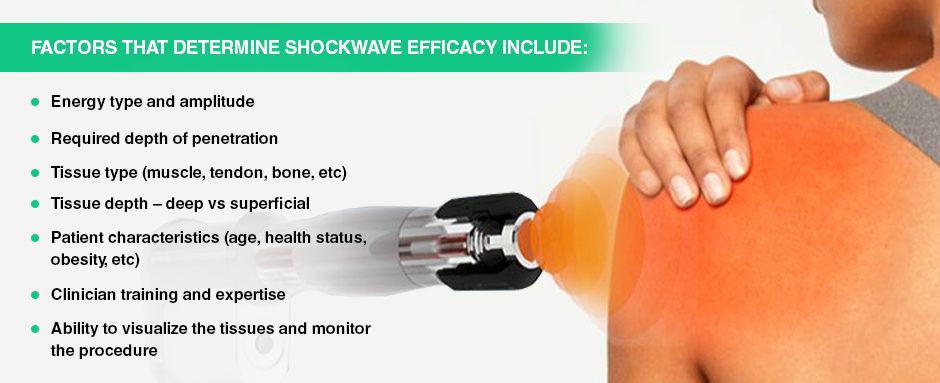
Factors that determine shockwave efficacy include:
There are multiple types of shockwaves with different uses and benefits:
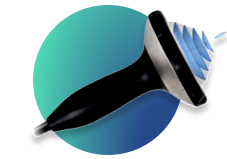
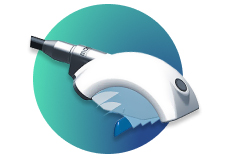
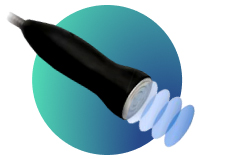
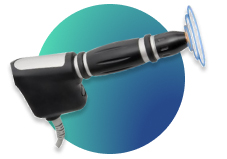
It is important to note that most non-medical health care providers use only radial shockwaves, which are often not regenerative enough, and which can be traumatic for certain tissues with an inflammatory component. In addition, few clinicians use imaging to guide their shockwave procedures, making shockwave therapy a hit-or-miss proposition.
Even with the highest grade shockwave equipment, with the most diverse capabilities, it is impossible to efficiently target specific tissue types without being able to see them. Clinicians who advertise shockwave therapy with no means of visualizing the affected tissues are unlikely to be able to deliver satisfactory results.
Of the currently available imaging modalities, only high-resolution diagnostic ultrasonography provides the ability to visualize the body’s tissues in real time as they interact. This enables the shockwave provider to differentiate between different tissue types, their depth, the degree of damage, and other factors that cause pain and inhibit mobility.
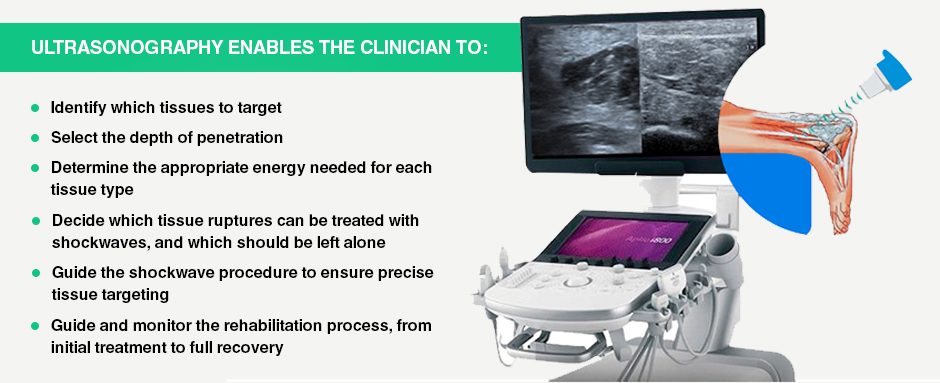
Ultrasonography enables the clinician to:
Many chiropractic practices and physical therapy clinics advertise shockwave therapy as a service, but the vast majority only offer radial shockwave, which is not a true shockwave. At NYDNRehab, we use the highest resolution diagnostic ultrasound to identify tissue types and determine other factors that contribute to your pain and disability. Our high-performance shockwave equipment gives us a broad range of options for shockwave type, depth of penetration, and amplitude of energy.
Don’t waste your time and money on “shockwave therapy” that doesn’t deliver results. Contact NYDNRehab today, and get true ultrasound-guided shockwave therapy that really works!
Dr. Lev Kalika is a world-recognized expert in musculoskeletal medicine. with 20+ years of clinical experience in diagnostic musculoskeletal ultrasonography, rehabilitative sports medicine and conservative orthopedics. In addition to operating his clinical practice in Manhattan, he regularly publishes peer-reviewed research on ultrasound-guided therapies and procedures. He serves as a peer reviewer for Springer Nature.
Dr. Kalika is an esteemed member of multiple professional organizations, including: